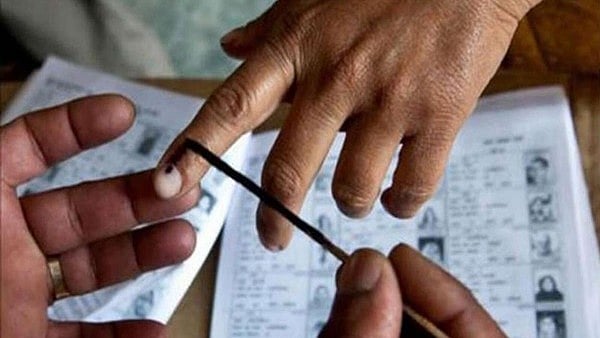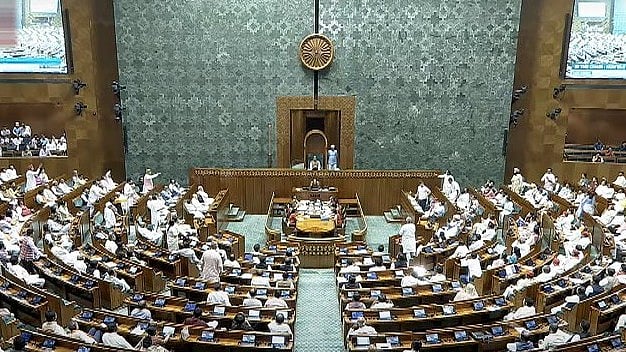For the common man a credit policy is important as it lays out the relationship between an individual and the bank. The RBI has hiked the repo rate by 50 bps which now takes it up to 5.90%. The indication is that there could be some more rate hikes coming and the level of 6% will definitely be crossed in course of time. How will this affect us?
Deposit holders would seek some solace from this move as the average return on a 1 year deposit is 5.8% which is still negative in real terms when juxtaposed with inflation that is running at 7% and will remain in the 6.5-7% range for the year. The issue is that when the repo rate goes up, the deposit rates do not move up by the same quantum. This is so because banks change interest rates depending on their requirements and may not typically like to lock in deposits for a long period of time. Over the last one year, this average rate has gone up by 50 bps while the repo was up by 140 bps. Therefore the response of deposit rates is slow. Yet higher rates will be beneficial given that RBI data on savings show that people have moved from deposits to stocks and mutual funds ostensibly due to expectations of higher returns. Increase in deposit rates can reverse this movement.
The government has also increased returns on some of the small savings schemes by between 10-30 bps yesterday keeping in tune with the rising bond yields in the market. However, this has been done selectively with PPF and NSC remaining unchanged which are typically for a longer duration compared with post office savings. This can be another nudge to banks to relook at their deposit rates as there is a clear gap between increase in deposits and credit this year in the banking system as the former has trailed. There is a negative gap of around Rs 70,000 crore in the system today which needs to be reversed as liquidity has tightened in the market.
Borrowers would have been prepared for this increase in repo rate and will have to fork out more on loans. Home loans and SME loans have been linked to an external benchmark, which is the repo rate. This means that as the repo rate increases, the interest rate to be paid goes up automatically. The SMEs will be hit directly if not part of the ECLGS scheme and individuals with mortgages will see longer EMIs. The 190 bps increase in repo rate since may will increase the cost of borrowing by an equivalent amount. However, loans which are based on MCLR would be less affected and hence the larger corporates will not really see their cost go up proportionately. MCLRs (marginal cost lending rate) has increased by 45 bps on an average basis in the last one year.
It is unlikely that higher interest rates will come in the way of growth because business invests when it sees growth prospects. Business is also aware of the fact that there are interest rate cycles when rates rise and fall. Therefore higher rates will not really be a deterrent though they would weight options in borrowing. The same holds for home buyers who are aware that in a 10-20 year tenure of loans, there would be phases when rates would go up thus elongating the EMI payments.
The important thing is that in this cycle of rising interest rates, the market should be prepared for these anomalies. The RBI had brought down the repo rate to 4% in March 2020 when the lockdown was announced as the goal was to support growth at any cost, hence even while inflation has ranged between 5.5-6.5% for two years until March 2022 the repo rate was kept depressed with several other liquidity measures being invoked like long term repo operations which targeted sectors that got loans at the linked repo rate. These were unusual conditions.
However, with normalcy coming back the repo rate had to be rolled back, because the general thought process was that there should always be a real return of 1-2%, and with inflation being above 5% since 2020, there was a strong case for the repo rate to be raised. It was only after RBI was certain that growth was here to stay which also coincided with the Ukraine war when inflation spiked faster to cross 7% that the stance changed to targeting inflation. This is what all central banks are doing. Hence the cost of capital was going to rise in the next cycle, which is what is being witnessed today. This cycle will continue till id-2023 for certain and the future inflation numbers will drive decisions on repo rate next year.
The RBI has sounded confident on growth which is a good message because there has been quite a bit of noise on how this number will look. The RBI has a downward revision from 7.2 to 7% which is more due to statistical reasons than loss of faith in the growth process. The inflation forecast has been unchanged at 6.7% though there can be an upside risk due to shortfalls in rice and pulses production and possible damage to horticulture crops.
With the festival season on the way there is a lot of hope being placed on consumer demand remaining buoyant and steady. This will need to be monitored because we have seen that high inflation has not so far deterred consumption due to pent up demand. The question is whether this scene will play out in the next three months too.
Madan Sabnavis is Chief Economist, Bank of Baroda and author of ‘Lockdown or economic destruction?’ Views are personal









